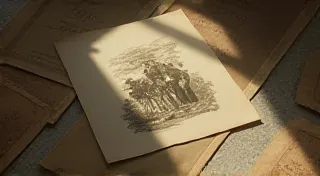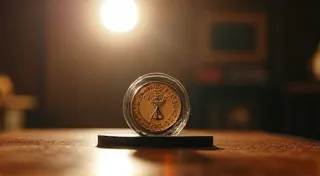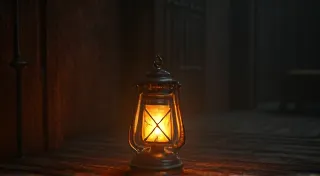Ghost Light on a Carousel: Recovering the Lost Reels of Tomorrow
There’s a peculiar magic in holding a View-Master reel, a small disc promising glimpses into places and times beyond immediate reach. But some reels, those from the 1950s and 1960s, possess a quality that transcends mere nostalgia. They aren’t simply records of places; they are crystallized dreams of what tomorrow might hold. These reels, showcasing futuristic cities, automated homes, and space exploration, aren’t just vintage toys; they are poignant artifacts of an era brimming with hope and a tangible belief in a better future, a future often shimmering just out of reach.
My own fascination began, as many do, with childhood wonder. My grandfather, a quiet man of routine, possessed a well-worn View-Master and a small collection of reels. I remember the faint, almost metallic scent of the cardboard and the satisfying click as he spun the reel, revealing image after image of Disneyland, the Grand Canyon, and, most surprisingly, “Tomorrowland – 2000 A.D.” That reel, with its depictions of flying cars, towering geodesic domes, and robotic helpers, stayed with me. It wasn't just entertainment; it felt like a peek into a sacred prophecy.
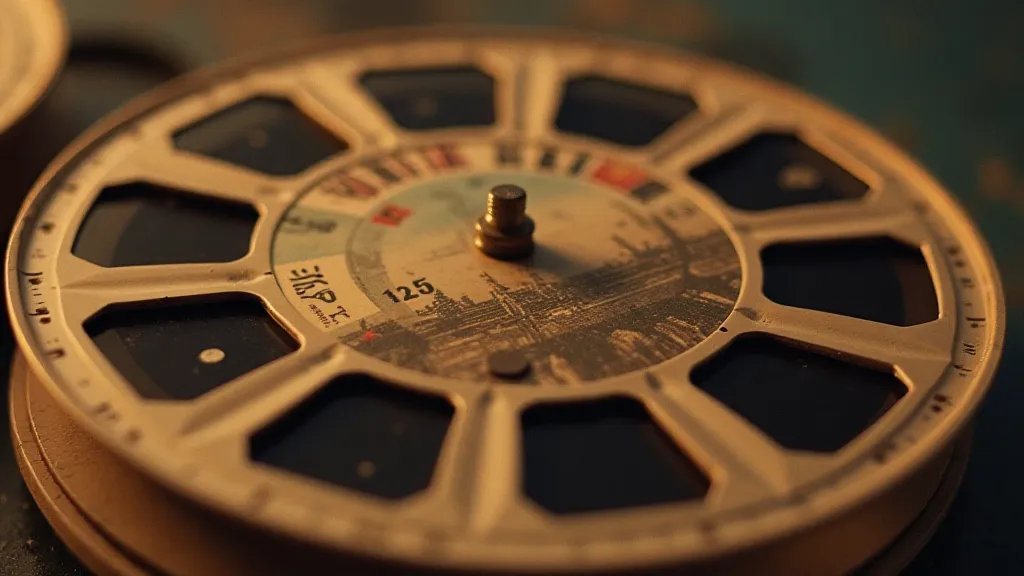
The Age of Atomic Optimism
To understand the appeal of these reels, we must understand the context. The post-World War II era was characterized by an unprecedented wave of technological advancement. The atom had been split, the first computers were emerging, and space exploration was transitioning from science fiction to a rapidly approaching reality. The "American Dream" was potent, fueled by prosperity and a fervent belief in progress. This optimism permeated every aspect of popular culture, and the View-Master, with its ability to transport audiences to exotic locations and fantastical futures, became a perfect vehicle for expressing that collective aspiration.
The reels depicting "ideal" futures weren't mere flights of fancy. They were rooted in genuine technological advancements. The geodesic domes, popularized by Buckminster Fuller, weren't simply aesthetic choices; they represented efficient, space-age construction. The automated homes reflected the rise of early automation technology, albeit vastly oversimplified for the average consumer. These reels acted as aspirational billboards, subtly promoting the notion that a utopian future was within reach, attainable through innovation and ingenuity.
Craftsmanship and the Forgotten Details
Examining these vintage reels today reveals not just the grand visions but also the quiet artistry involved in their creation. The photographic quality, while primitive by modern standards, possessed a unique charm. The colors, often vibrant and slightly faded now, were carefully chosen to evoke a sense of wonder and excitement. The illustrations, frequently hand-drawn, added a layer of whimsy and detail that digital images simply can't replicate.
Consider the meticulous process. Each image had to be carefully composed, photographed, and then printed onto small, circular cards. These cards were then meticulously assembled into the reels, often by hand. It's a stark contrast to the instant gratification of digital media. These reels demanded patience, skill, and a commitment to quality. Holding one now, feeling the subtle grain of the cardboard and the slight resistance of the rotating mechanism, allows you to connect to the dedication of the artisans who created them. They weren’t just producing a product; they were crafting an experience. Beyond the visuals, the experience often included subtle sounds – the whir of the viewer, the faint echo of a bustling city. Perhaps you’re interested in exploring the wider concept of aural companions, and how they influenced our perception of these bygone eras – you might find inspiration and expanded understanding in Ephemeral Echoes: Aural Companions & the Lost Soundscapes of View-Master Experiences.
A Lost Ideal, or a Seed of Inspiration?
Of course, the futures depicted in these reels didn’t entirely materialize. Flying cars remain stubbornly earthbound, and robotic maids remain largely the domain of science fiction. The optimism of the 1950s and 1960s was tempered by later events – the Cold War, the Vietnam War, and a growing awareness of environmental concerns. But the dreams themselves haven’t vanished. They’re not relics of a failed prophecy; they’re reminders of what we aspired to achieve.
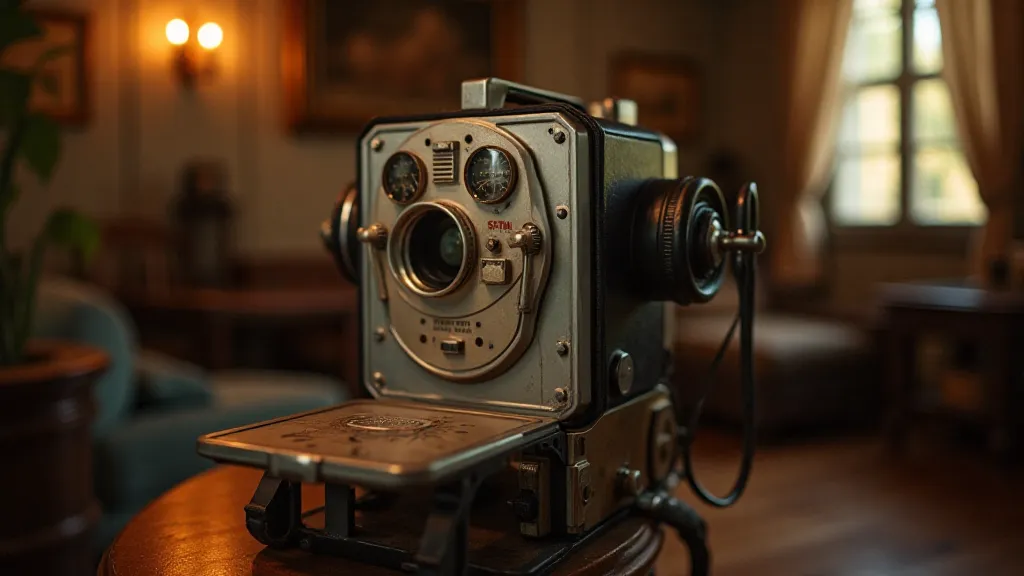
Perhaps the most poignant aspect of collecting these reels is recognizing the subtle shift in perspective over time. Early reels often portrayed a seamless, unquestioning acceptance of technological advancement. Later reels, particularly those from the 1970s and beyond, began to incorporate a degree of caution and questioning. The bright, optimistic vision hadn't disappeared, but it was now viewed through a more nuanced lens. The imagery wasn't just about the “what” but also the “how” and the potential ramifications of unchecked progress. The power of these visual narratives also led to unique ways they influenced our collective memory and understanding of significant moments in history – further exploration of how View-Master reels shaped our perception of iconic historical events can be found in Frozen Moments: How View-Master Reels Shaped the Perception of Iconic Historical Events.
Collecting and Preservation
For collectors, vintage View-Master reels offer a unique opportunity to not only acquire tangible pieces of history but also to act as custodians of these cultural artifacts. While condition varies widely – some reels are pristine, while others bear the marks of countless viewings – even the most worn reels possess inherent value.
Preservation is key. Storing reels in a cool, dry environment, away from direct sunlight, will help prevent further degradation. Handling reels with care, avoiding excessive spinning or bending, is also essential. Occasionally cleaning the reel surfaces with a soft cloth can help remove dust and grime.
Beyond the monetary value, the true reward of collecting these reels lies in the stories they tell. Each reel is a portal to a different time, a different place, a different dream. They are a reminder that even when the future doesn't unfold exactly as predicted, the spirit of innovation and the pursuit of a better world remains a powerful force. The impact extended beyond mere entertainment; they have profoundly influenced how we view childhood and its connection to technology and imagination – and for those interested in the psychological impact of these immersive experiences, further insights can be found in The Lens of Childhood: Examining the Psychological Impact of Immersive View-Master Experiences.
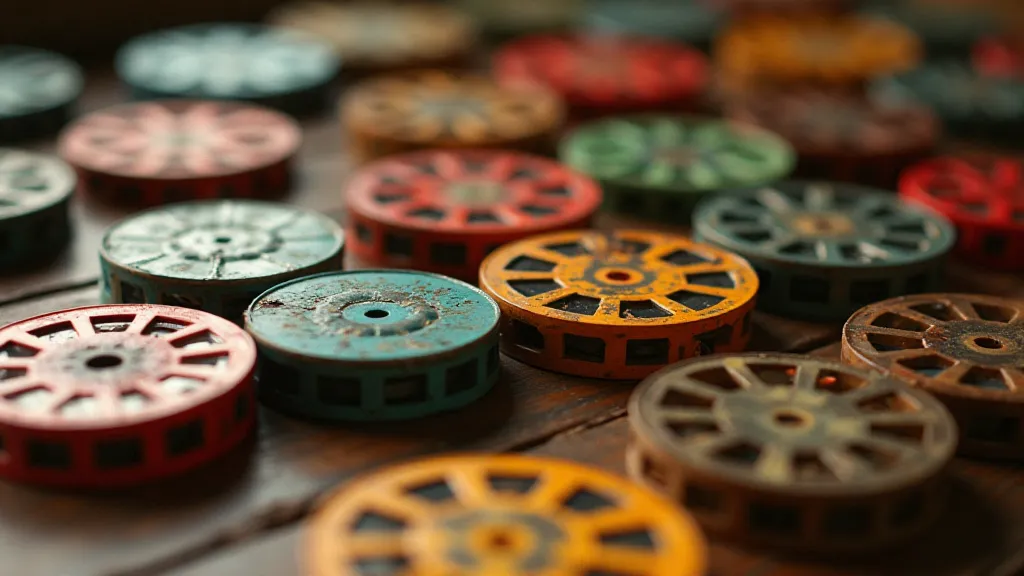
The Ghost Light Remains
Holding a vintage View-Master reel isn't just about reminiscing about the past. It's about reconnecting with a spirit of optimism and innovation that continues to inspire us today. The visions of the future depicted in these reels may not have fully materialized, but the dream itself lives on. The “ghost light” of that imagined tomorrow, the faint but persistent glow of what could be, continues to shine, reminding us that even in a complex and challenging world, the pursuit of a better future is always worth striving for. The global reach of these reels is also fascinating - exploring the breadth of locations and cultures featured in these travel reels can provide a broader understanding of how they shaped our perceptions of the world.

